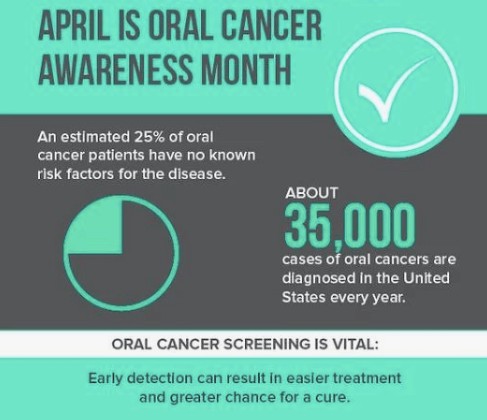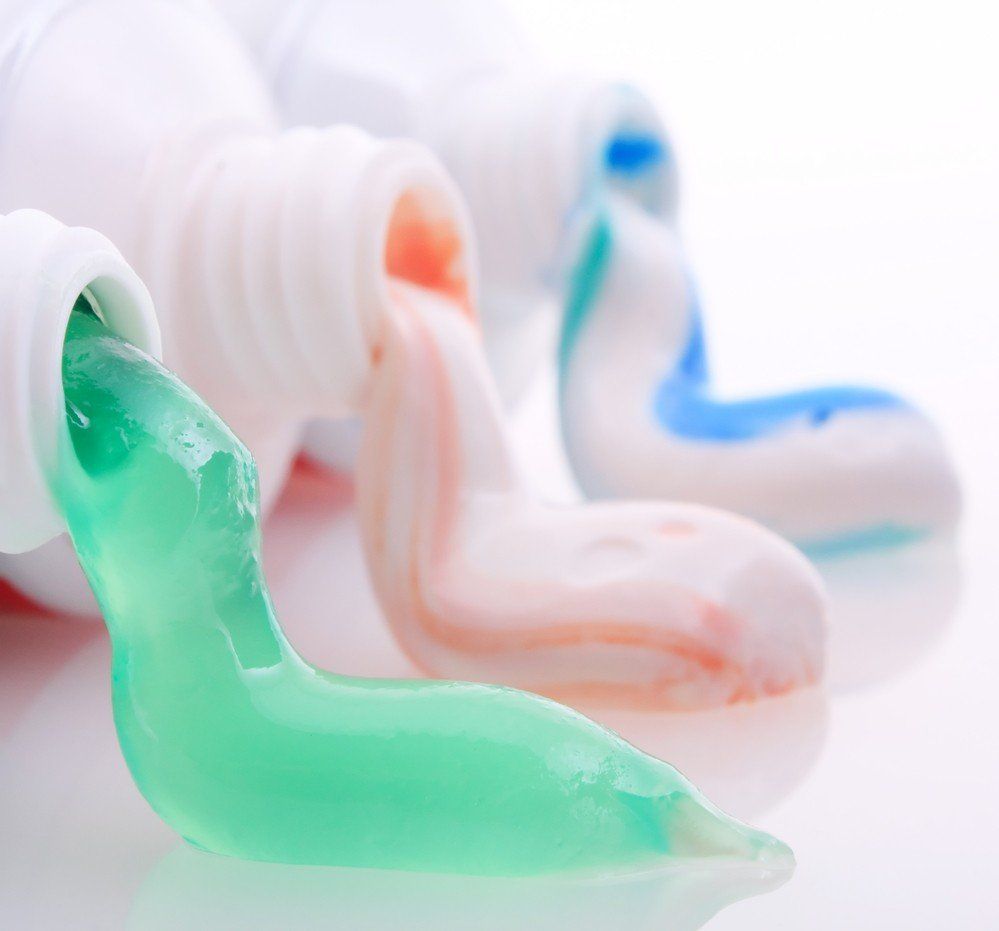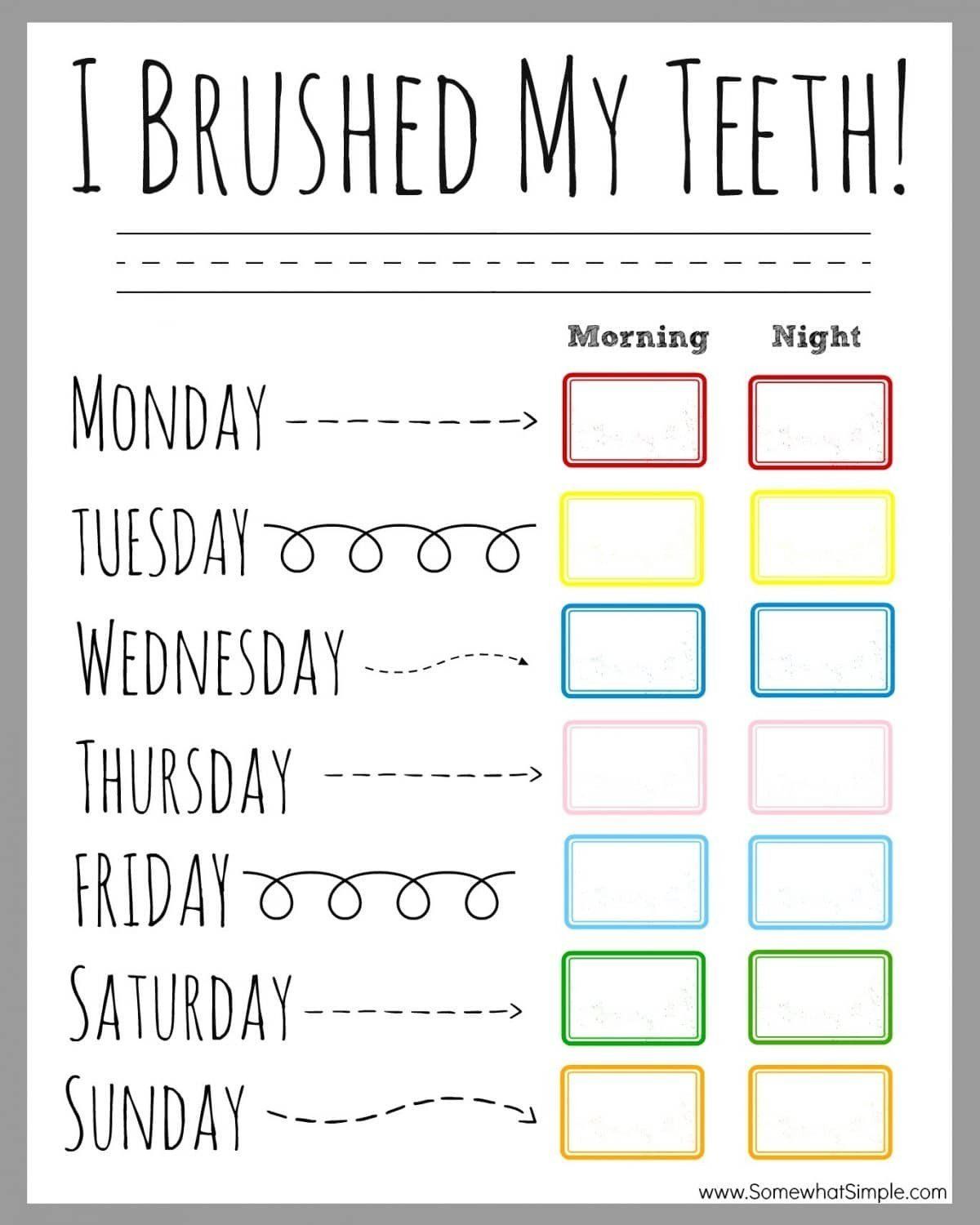6 Common Oral Health Issues And How To Manage Them
- By Joel Snyder
- •
- 20 Dec, 2016
- •
A brilliant smile, fresh breath -- and the ability to sip a frozen margarita or two without any unnecessary pain -- are the best case scenarios when it comes to oral health, right? "There are three key factors that affect the health and appearance of our teeth: oral health routine, diet and lifestyle choices," Cosmetic dentist and Philips Zoom ambassador Dr Luke Cronin from Quality Dental said.
"Make sure you clean your teeth regularly and effectively, this means morning and night for around two minutes. Electric toothbrushes are clinically proven to remove more plaque than manual brushing. You should also floss every day, flossing removes the food particles and subsequent plaque that can get lodged between teeth that cannot be reached by your toothbrush. The final element of good oral health -- and a great smile -- is regular check-ups and cleans at the dentist."
1. Plaque Problems
"In the absence of effective daily brushing and flossing, plaque build up will occur on your teeth and below the gum-line. Bacteria then forms, which can lead to decay of the tooth's external enamel and other dental problems such as gum disease," Dr Cronin said. "A worst-case scenario is where tooth decay and/or gum disease is undetected or ignored, the structure of the tooth and the surrounding tissues are damaged to the extent that teeth either fall out or have to be removed."
2. Gum Disease
While teeth are the stars of the show when it comes to oral healthcare, our gums need TLC too. Dr Dunn -- who is Macquarie Centre's principal dentist and a Philips Sonicare ambassador -- explained that there are generally no painful symptoms until late on, so patients are often left unaware of the damage being done to their gums. "A patient may notice red and puffy gums (gingivitis) which may bleed from brushing and flossing, leading patients to shy away from effective cleaning," he said. "If left untreated, the gingivitis can progress into periodontal or gum disease. This causes teeth loosening/loss in susceptible people, due to the disease progressing into the supporting bone surrounding the teeth." Dr Dunn advises regular check ups and early intervention to aim to halt the effects of gum disease.
3. Mouth Ulcers
Not many of us haven't felt the uncomfortable sting of a mouth ulcer from time to time. So what causes them? "Ulcer's usually form from minor injuries to the mouth, including those suffered as a result of hard brushing, certain trigger foods including acidic fruits, vitamin or mineral deficiencies, allergies, braces, stress or as a result of a bacterial, viral or fungal infection,' said Dr Dunn."Some are due to generalized medical conditions including auto-immune diseases," Dr Dunn explained that ulcers present as painful lesions to the mouth tissue, on the cheek or gums. The best way to avoid ulcers is, well, avoidance and sleep. "Avoid known acidic trigger foods, follow a balanced and healthy diet, and get enough sleep - plus good oral hygiene is essential," Dr Dunn said.
4. Dental Cavities
If giving up sugar entirely isn't doable -- and we all know how hard it is to avoid office donut time -- then minimise the harm. "Regular consumption of food and beverages that are high in sugar causes the most damage to your teeth. When sugar is consumed it interacts with the bacteria that naturally occurs within the mouth," said Dr Cronin. "The bacteria feeds on the sugar to produce acids that attack the tooth's enamel, if teeth are not regularly cleaned these acids create holes or cavities in the tooth."
Dr Cronin's advice? If you do indulge in a sugary treat or a soft drink, it's worth taking the time to clean your teeth soon afterwards, or rinse your mouth out with water to remove any sugar that is sticking to the surface of your teeth. "Saliva and fluoride both contain minerals that help repair weakened enamel however they will only do so much to counter the effects of sugar on your teeth," Dr Cronin explained.
5. Discolouration In Teeth
You may not be able to start your day without a latte or two but it's not doing anything to help keep. But there are actually ways to regime an holistic boost -- and naturally whiten your teeth too? Oil pulling is an Ayurvedic practice done in conjunction with your usual brush and floss routine -- and can whiten teeth more gently. Miranda Kerr is a fan. So what is it?
"Oil pulling is a powerful detoxifying remedy that can help whiten teeth, freshen breath and prevent gums from bleeding," Cocowhirl founder Denise Gribben said.
Oil pulling involves swirling an organic coconut oil around the teeth and gums -- for up to 20 minutes on an empty stomach -- in order to draw out the toxins. The oil's natural antiobiotic and antiviral properties can brighten and clean the teeth.
If alternative methods aren't for you, Dr Cronin suggests, "your best bet is to have a regular clean at your local dentist to remove staining and stubborn plaque build-up."
6. Halitosis
Rachel Hall runs an holistic fresh breath clinic. She's seen -- and smelt -- it all when it comes to halitosis. "There are a surprising number of non dental causes of bad breath," Hall said. "Medications can cause dry mouth and without enough saliva, food particles and bacteria can stay on the teeth. Sinus infections, mouth breathing and some gut bacteria can cause bad breath too. To find out honestly if your breath is less than fresh, lick your wrist, let it dry for 10 seconds and then smell it."
If you don't like what you smell, there are simple ways to fix it. Hall suggests brushing and flossing (you can now also try interdental cleaners) regularly, buying a tongue scraper and using it daily, drinking more water and even using a saltwater gargle to keep your throat and tonsil area clean. "Chewing sugar free gum can help combat bad breath too. To care for your breath holistically, keep fit, get plenty of sleep and avoiding sugar with reduce inflammation in the body which means your mouth will naturally be healthier and fresher," Hall said.
Originally Posted on: http://www.huffingtonpost.com.au/2016/11/28/6-common-oral-health-issues-and-how-to-manage-them/

Contact us!
https://www.fabuloussmilesdental.com/contact

ADA Approval
First, make sure you choose a product approved by the American Dental Association and displaying the seal on its packaging. There are plenty of fluoride-free, organic, and all natural options tested by the ADA for both safety and effectiveness at keeping the teeth clean. Products without these seals have not necessarily been tested for their claims and quality, so you’re gambling with the health of your mouth by using them.
Focus on Needs
Consider what your teeth need the most to choose a toothpaste with the right extras. Whitening toothpaste can’t always replace professional whitening from a dentist, but it does work to prevent surface stains that cause your white smile to lose its brightness after treatment. Most toothpastes tend to target one of more of the following conditions or needs:
- Sensitivity, in the gums and teeth, from mild to severe pain
- Fluoride products are essential for kids, adults who don’t get enough of it in their diet, and people with diabetes and many other conditions
- Anti-cavity, which most products cover but which should always be checked
- Anti-gingivitis, ranging from over the counter to prescription products for healthier gums.
Watch Out!
There are a few products you don’t want to use on your teeth, and they’re often sold as cosmetic products rather than medically tested toothpaste. Any whitening toothpaste with a very abrasive ingredient, ranging from natural walnut shell to plastic microbeads, can leave your teeth with enamel damage that is permanent and hard to treat. Activated charcoal powders can also discolor teeth along with eroding your enamel. Look for toothpaste products that reinforce enamel rather than damaging it.
Picking a Toothbrush
Of course, the toothpaste still needs to be applied to the teeth with the right tools to effectively protect you from cavities and gum disease. The wrong toothbrush can damage your enamel, scratch your gums, or fail to remove trapped food from between your molars. Only use soft bristled brushes unless given advice from your dentist to the contrary. For most people, stiff bristles are too hard for their gums. The tip of each bristle should be rounded and not pointed or square so that food debris and tartar comes loose with each sweep. Replace your brush every three months even if it still looks new and fresh since bacteria can build up over time.
Need more advice about what to do to take care of your teeth? Make an appointment with your dentist for a routine cleaning or a timely inspection. You can discuss your concerns without feeling rushed and determine if your current oral health practices are sufficient for keeping your smile bright, healthy, and strong.

Creamy white spots could be thrush, a fungal infection (shown below). It often happens after an illness or medications throw off the balance of bacteria in your mouth. White patches that look lacy could be lichen planus, which means your immune system is attacking the tissues in your mouth. If you see hard, flat, white areas that can’t be scraped away, it could be leukoplakia, which is linked to cancer. Let your dentist know about any white patches you see.


